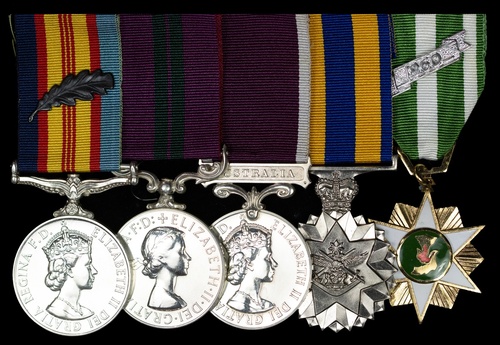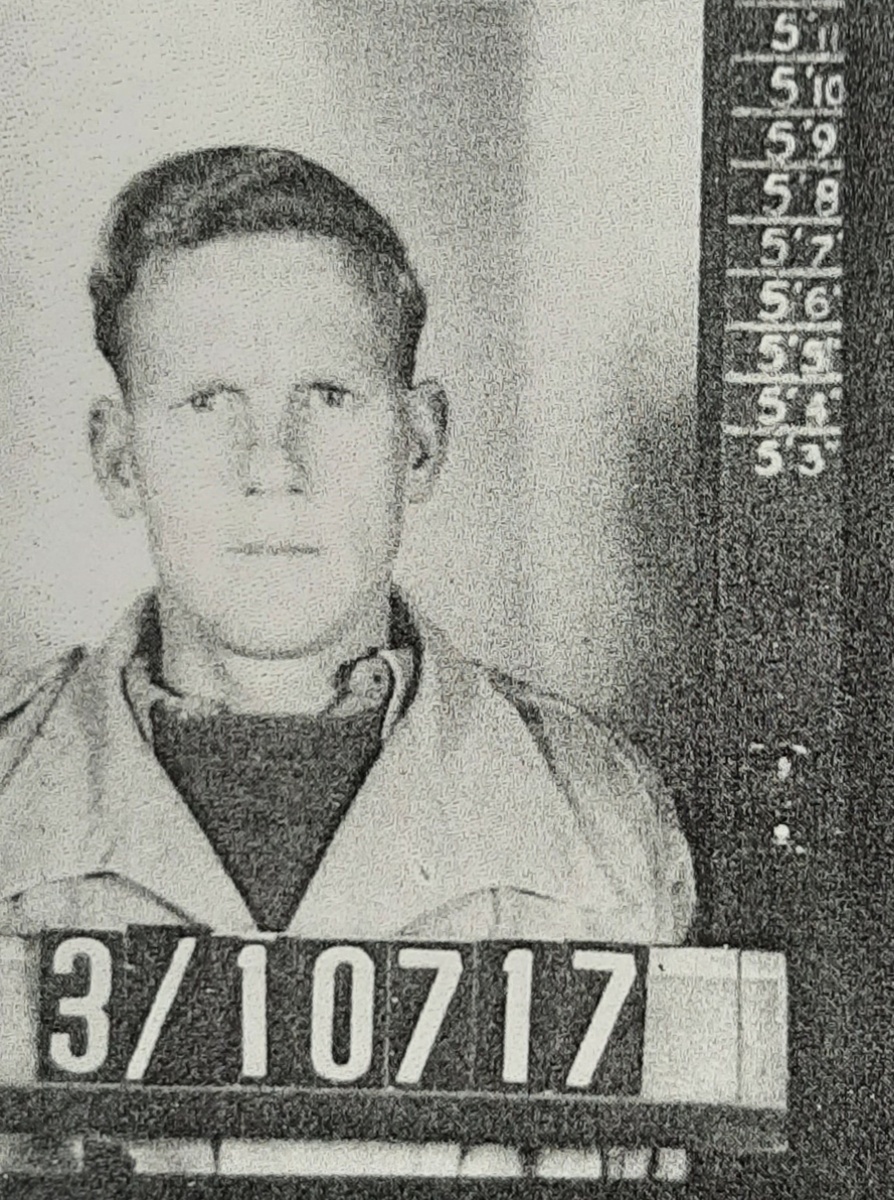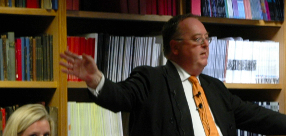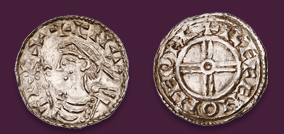Auction: 25111 - Orders, Decorations and Medals - e-Auction
Lot: 639
(x) The campaign group of five awarded to Warrant Officer Class II K. A. Tocock, Royal Australian Electrical and Mechanical Engineers, attached 1st Armoured Regiment, who was 'mentioned' for his coolness and bravery during an ambush at Nui-Dat, Vietnam
Vietnam Medal 1964-73 (310717 K. A. Tocock D), with M.I.D. oak leaves; Defence Force Service Medal, E.II.R. (310717 K. A. Tocock D); Australian Meritorious Service Medal, E.II.R. (310717 K. A. Tocock D); Army L.S. & G.C., Australia, E.II.R. (310717 K. A. Tocock D); South Vietnam Campaign Medal, 1 clasp, 1960 (310717 K. A. Tocock D), note all medals are duplicates, the recipient is believed to have lost his original medals, good very fine (5)
Note, all medals above are officially impressed duplicates.
Provenance:
Purchased CJ Medals, New South Wales 2007.
M.I.D. London Gazette 19 September 1969, the original recommendation states:
'Sergeant Kenneth Tocock enlisted in the Australian Regular Army on the 1st of August 1951 and was allotted to the Royal Australian Infantry Corps, and posted to 2 Bn Royal Australian Regiment, Puckapunyal. In 1955 he transferred to the Royal Australian Electrical and Mechanical Engineers. He joined C Squadron Section, 1st Armoured Regiment Light Aid Detachment on the 22nd November 1968, in South Vietnam, and B Squadron Section on 11th February, 1969.
On the 16th February, 1969, Sergeant Tocock was commanding his Armoured Recovery Vehicle which was attached to 1st Troop, B Squadron 1st Armoured Regiment, and B Company, 4th Battalion, The Royal Australian Regiment. At approximately 1330 hours, the company group came under heavy enemy fire and several friendly casualties occurred. One tank was git by Rocket Propelled Grande fire and extensively damaged, a brush fire started in the area of the contact at that time.
Without regard to his personal safety, Sergeant Tocock manoeuvred his vehicle into the contact area, dismounted under observation of the enemy and assisted the movement of the wounded to a safer area. He administered first aid and was directed efforts to extingquish [SIC] the brush fire that was threatening the wounded. He then organized progressive ammunition resupply from the enemy. Later while the contact continued, he recovered the damaged tank out of the contact area to a safe area.
At all times during the action Sergeant Tock displayed coolness and foresight. He showed admirable leadership which was evidenced by the manner in which his crew and others about him reacted to his directions. His conduct under fire was of a high order and reinforced the bond between the combat arms and the supporting services.'
Kenneth Alfred Tocock 'Sandy' was born in Britain on 5 March 1929, the son of Lilian Tocock of 38 Bramshaw Road, Reading. Enlisting with the Royal Berkshire Regiment on 24 April 1947 he served with the British Army of the Rhine and was discharged on 4 June 1949. The Army life seemed to have agreed with him however as Tocock enlisted with the Australian Regular Army in London on 1 August 1951.
Posted to 1 Battalion on 3 March 1952 he spent time with the 15th National Service Training Battalion in 1954 before joining the 3rd N.S.T. Battalion as a Mess Steward. Qualifying as Recovery Mechanic on 24 May 1957 he re-enlisted that same year and joined R.A.E.M.E. in 1959.
Posted first to the 3rd Base Workshops, Broadmeadows on 7 December 1959 he served attached with the 1st Armoured Regiment, Light Aid Detachment on 13 June 1960. Advanced Sergeant with them on 19 July 1962, it was with that rank that he emplaned at Sydney for Vung Tau Operations in South Vietnam attached to 'C' Squadron.
An R.A.E.M.E. article , written by C.S.M. Milton Pearson, covers the ambush in which Tocock was 'mentioned', stating:
'The tanks were in a Jungle Leaguer with 1000yards of open ground and half way across drove into soft ground. The tanks backed off to move around the Eastern edge. The infantry without their tank cover moved into the jungle but were immediately assailed with "Claymore Mines" (M18A1) and small arms.
The leading tank commanded by Sgt Swarbrick moved forward into the jungle very slowly, so as not to run over infantry, some of whom were wounded. After advancing approximately 150 yards, the tank stopped and the Gunner, Trooper John Howard, was ordered to fire a number of clearing canister rounds, whilst traversing from left to right.
After these rounds were fired, the crew could see that the tank was in the centre of a horse shoe bunker system, and was receiving small arms fire from the bunker slits. At that time, the crew ran out of ready canister rounds and it was thought that firing high explosive rounds was too dangerous, having regard to the thick jungle and the close proximity of the infantry on the ground. Wounded infantry on the ground imposed on any tank in movement.
Sergeant Swarbrick then ordered Trooper John Howard to fire both .30 cal and 50. cal machine guns rounds into the bunkers. After some time, both machine guns over heated, then jammed. In the short period whilst the Loader, Trooper Mark Jackson, tried to change barrels, the tank was hit three times by R.P.G. fire, from approximately 30 meters, two through the side of the turret and one through the mantlet cover.
All the turret electrics were shorted out; none of the gunnery, except the commanders .30 cal could be fired. The Tank filled with smoke.
All the crew were wounded but managed to bail out and take cover under the back of the tank except for the Driver, Trooper Michael Ingram, who was unconscious in his compartment. Whilst huddled under the tank, the wounded crew saw 2Lt Sullivans' Centurion come in and stop on the right hand side of theirs and start firing.
2Lt Sullivan then dismounted from his tank and, under fire, ran forward engaging the enemy with his pistol, mounted the burning tank, extricated the wounded driver, and then backed it out from under the enemy rocket fire. He then returned to his own tank and continued to engage the enemy until the contact was broken at 1500hours. His action enabled the dead and wounded to be evacuated, prevented the company from sustaining greater casualties and enabled the infantry to redeploy. 2Lt Sullivan was awarded a MID for his action.
Sgt Kenneth A. "Sandy" Tocock (RAEME), crewing the ARV, was awarded a MID during this action as well. The battle created a brush fire in the contact area and without regard to his personal safety, Sergeant Tocock manoeuvred the ARV into the contact area, dismounted under observation of the enemy and assisted the movement of the wounded to a safer area. He administered first aid and directed efforts to extinguish the brush fire which was threatening the wounded. He then organised progressive ammunition resupply from the damaged tank to the other tanks engaging the enemy. Later, while the contact continued, he recovered the damaged tank out of the contact area to safety.'
Tocock remained in Vietnam until 19 November 1969 and was posted to Puckapunyal. He continued to serve until 31 July 1978 when he was discharged at Melbourne, he had married in Australia and was living with his wide at Warragul, Victoria at the time; sold together with copied research.
Further entitled to the Australian Active Service Medal 1945-75, National Medal, with bar and Australian Defence Medal.
Subject to 5% tax on Hammer Price in addition to 20% VAT on Buyer’s Premium.
Sold for
£750
Starting price
£210







